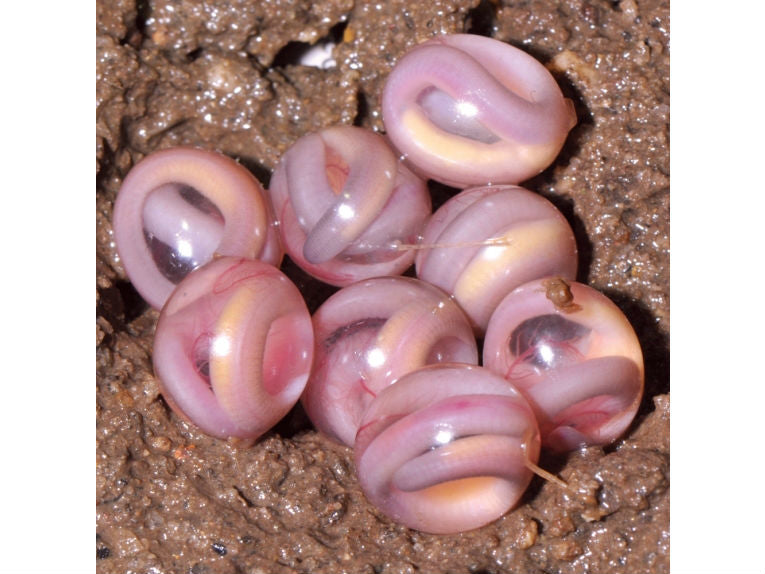The caecilians are amazing. In freshwater or in a tropical forest, they represent the most snake-like of amphibians, harmless and yet paralleling some of the most significant jumps in evolutionary biology. In the Proceedings of the Royal Society B: Biological Sciences today, Rachunliu G. Kamei and his nine co-authors have achieved the aims of many zoologists in naming a new (and important) family. International collaboration from Delhi, London, and Belgium made possible one of the most interesting new species discoveries for years.
Of the 185 caecilians living, most are in the lands constituting ancient Gondwanaland. This is because they seem unable to spread overseas over a saltwater barrier over the past 140 million years. The Indian plate is thought to have helped transport two families to Asia, but otherwise, Africa and South (with Central) America are the only areas inhabited. This new family are widespread but unknown in the north-east of India, undiscovered because of the secretive nature of the beast. Although they have been kept in captivity, few people would notice anything in the wild other than a large earthworm! African caecilians are thought most closely related to the new family, meaning this group must have split from an ancestral group in the early Cretaceous, 70 mya, just as the Indian plate moved into Asia from Africa.
For five years, 238 locations were investigated for caecilian presence, with 58 places being successful. Four states had caecilians discovered there for the first time, yet again confirming that these creatures are rarely seen or recognised all over the world. The "magnificent seven" species are to be called the Chikilids, echoing a tribal name for the family from the north-eastern, Meghalayan language, Garo,. They are found from north of Nagaland to the Bangladeshi border.

Credit:© S. D. Biju
The habits of the family are as amazing as their appearance this late in the day. Females brood their eggs for 2-3 months with no Amphibian larva present. The miniature adults hatch in the underground nest after feeding on yolk, exactly like more advanced reptiles and birds. The norm for many families is release of a "tadpole" into water.
Of course this is the typical Amphibian mode, but very advanced habits such as these suit drier habitats, possibly where the environment has fluctuated between tropical forest and other biomes over millions of years.

Female of the species, Chikila fuller in life, brooding and hatching its egg clutch (in captivity); Credit: © S. D. Biju
Nowadays too, the deforestation suffered by the region is accounted for by large population increases. The inhabited areas are therefore in need of extreme conservation measures, situated as they are in the midst of human conurbations.
Prof. SD Biju of University of Delhi who discovered the new family with co-researchers from The Natural History Museum, London, the University of Manchester and Vrije University, Brussels simply quotes, "This makes the conservation of species much more challenging. I am so glad because I am fortunate to discover two new families of amphibians, one in 2003 after a gap of 100 years (the famous purple frog) and today, Chikilidae," added Prof Biju.















